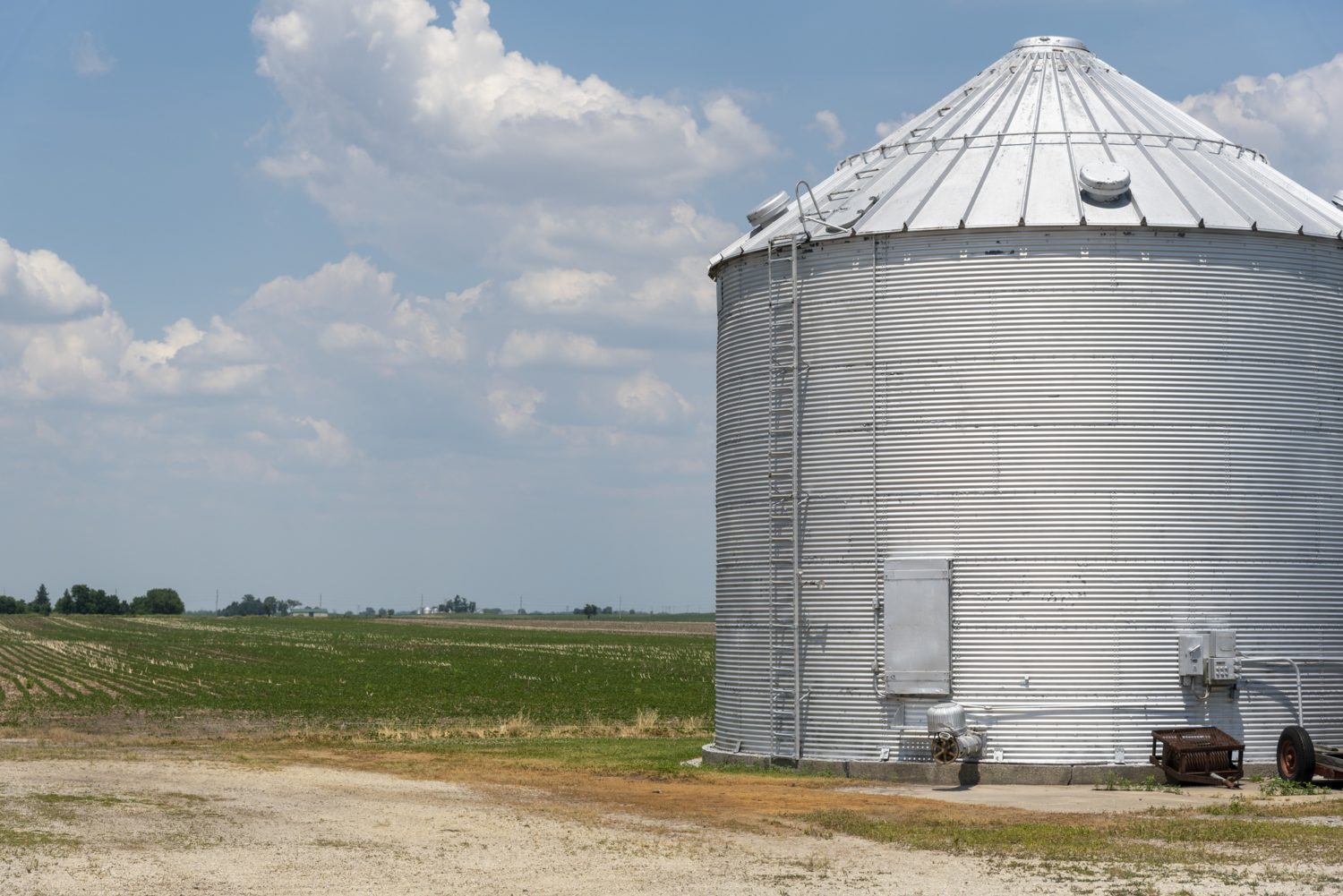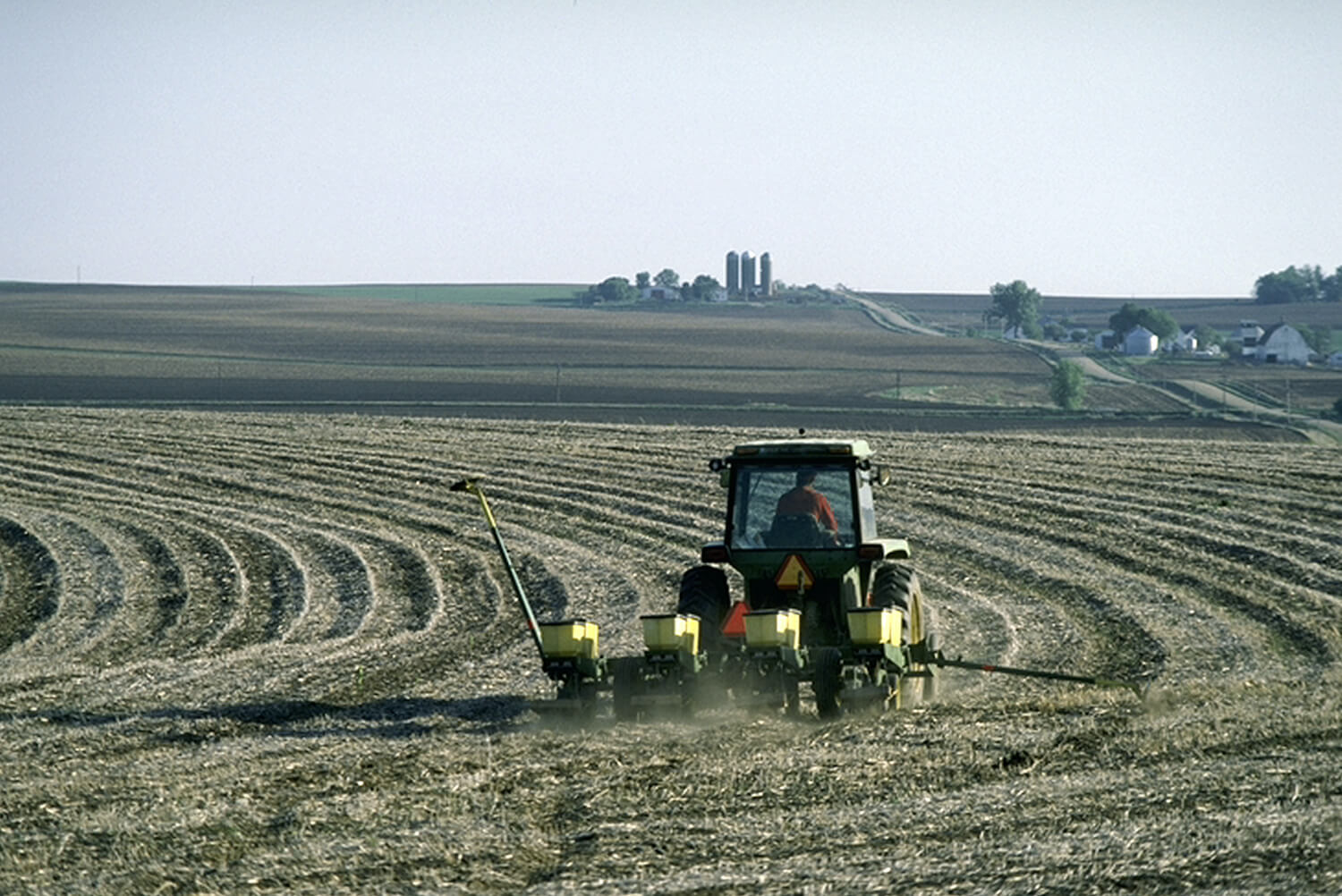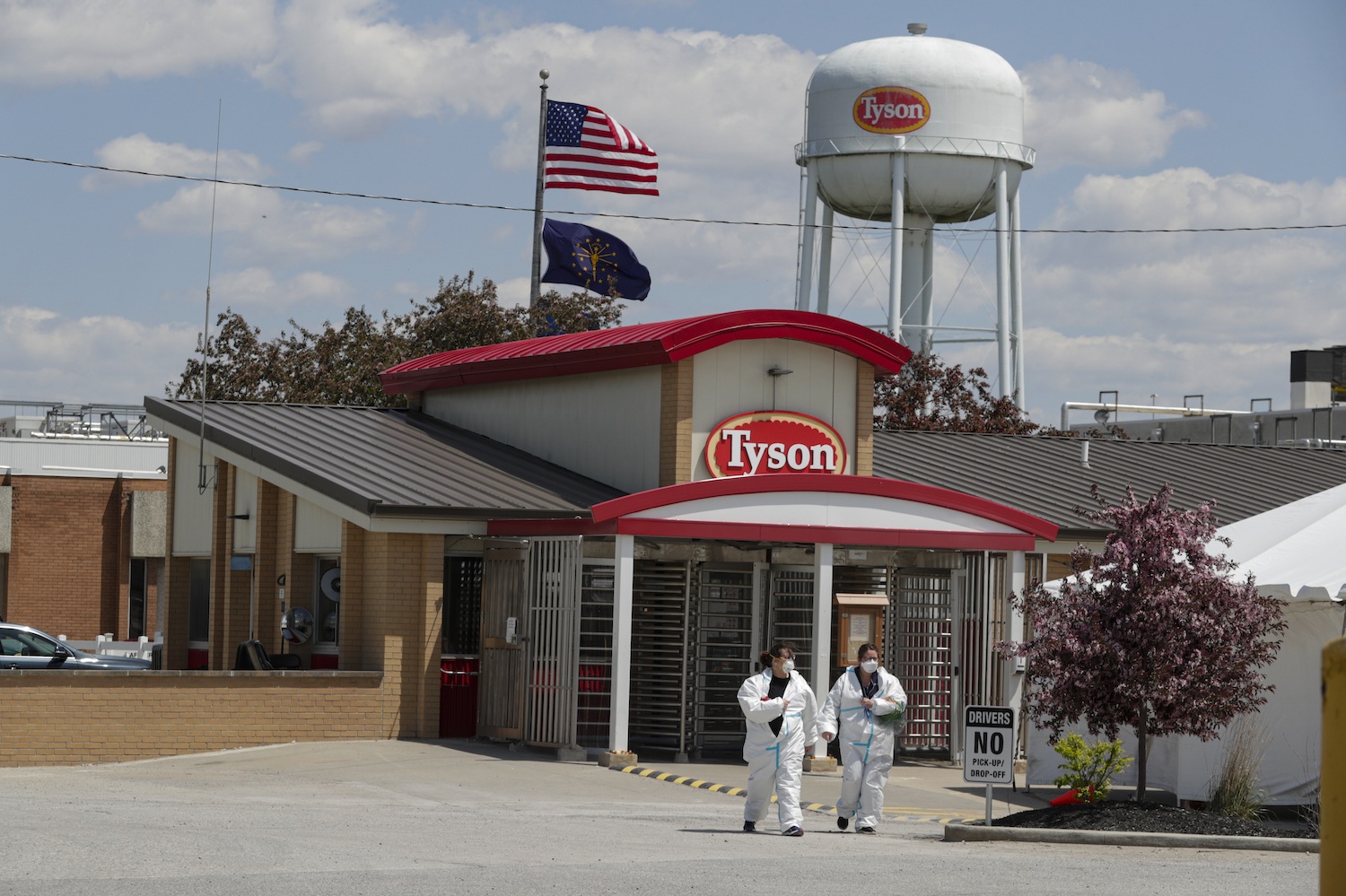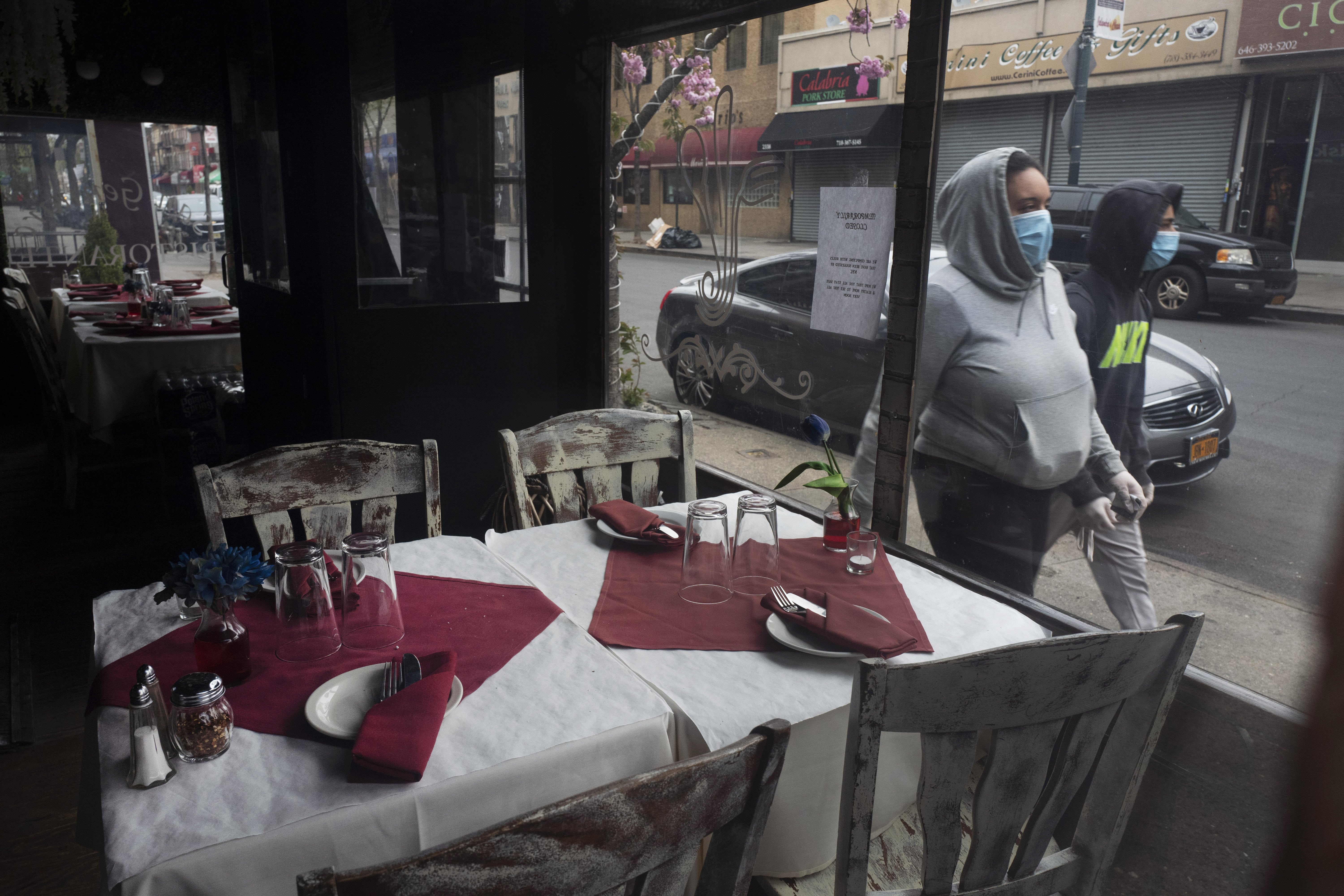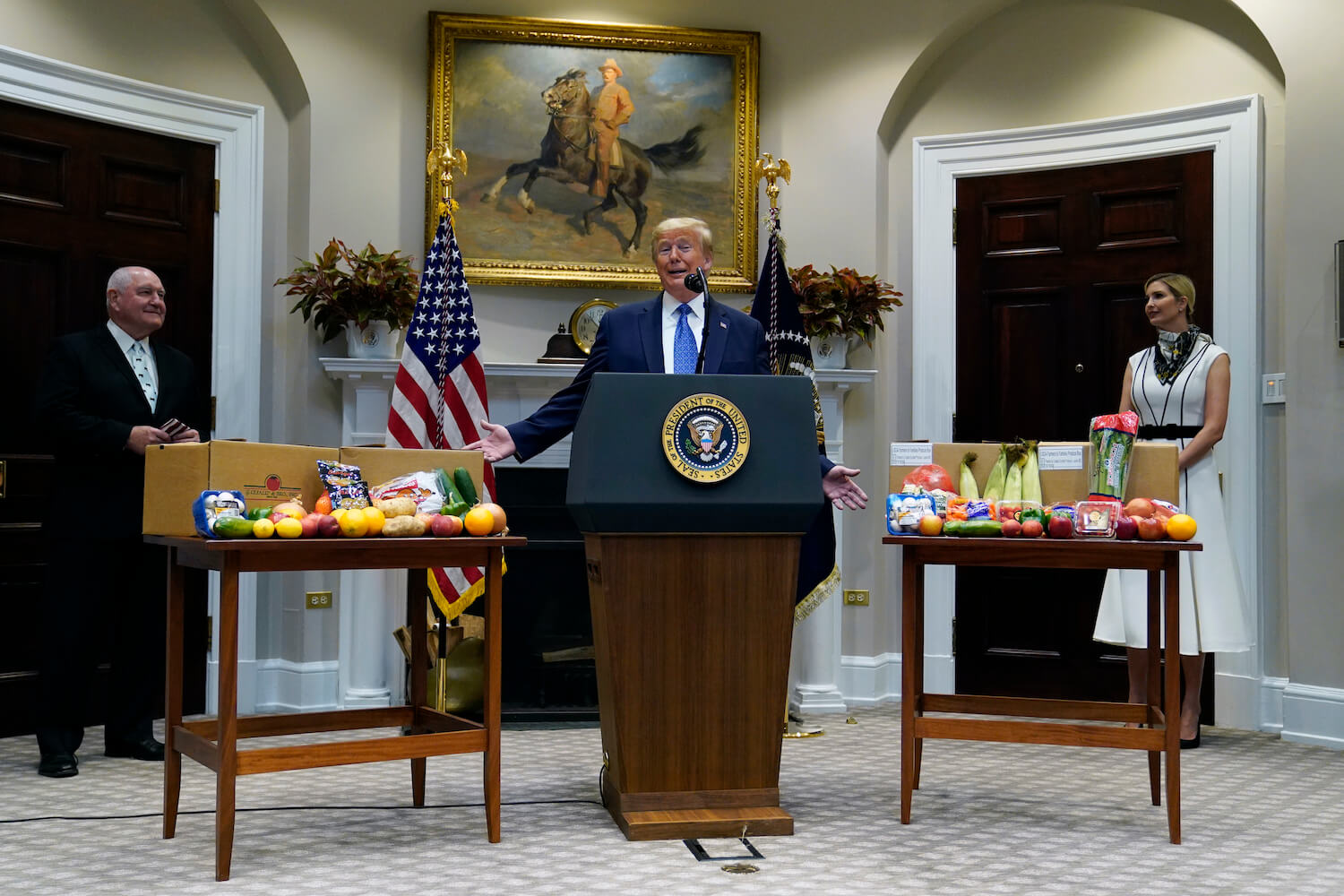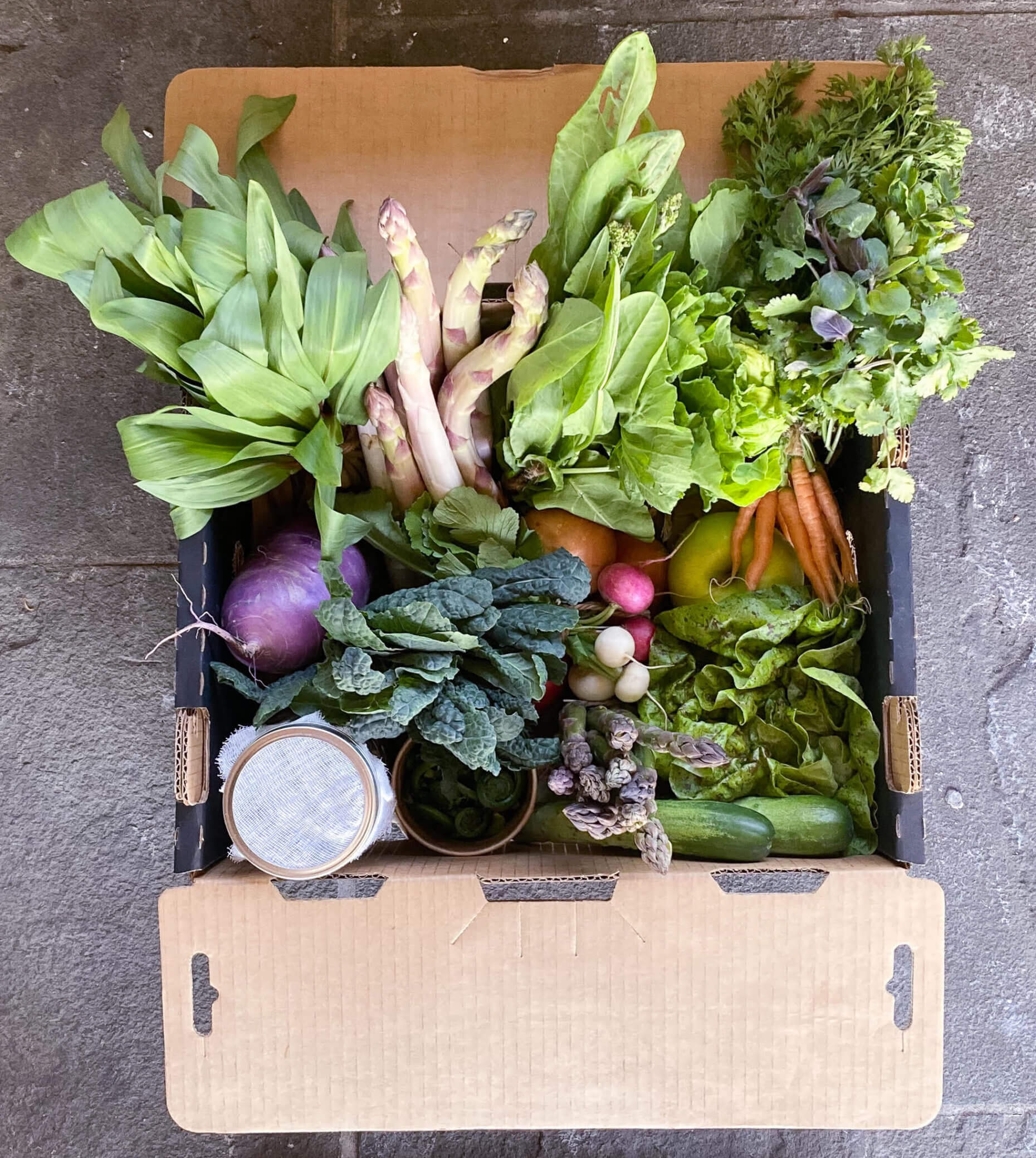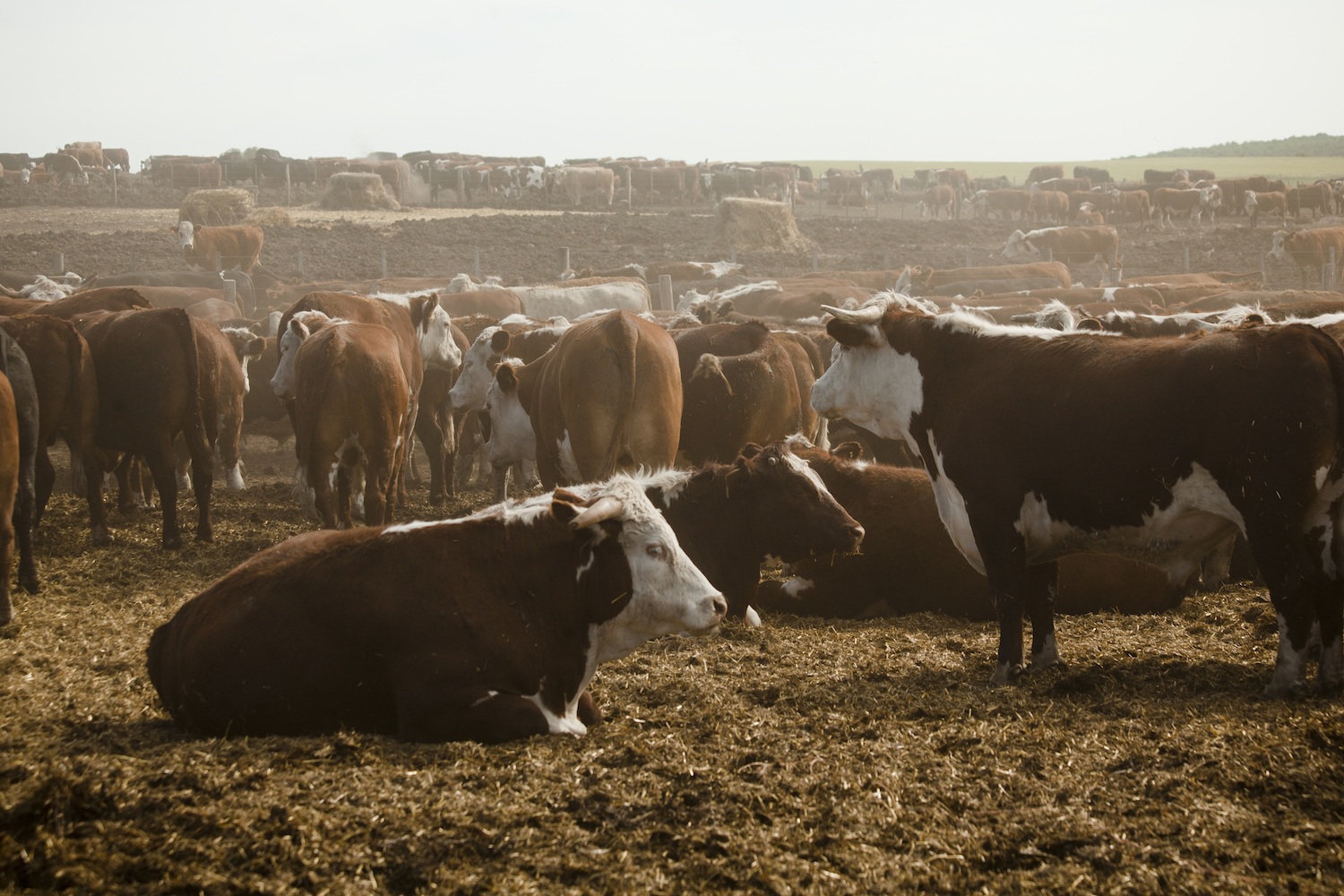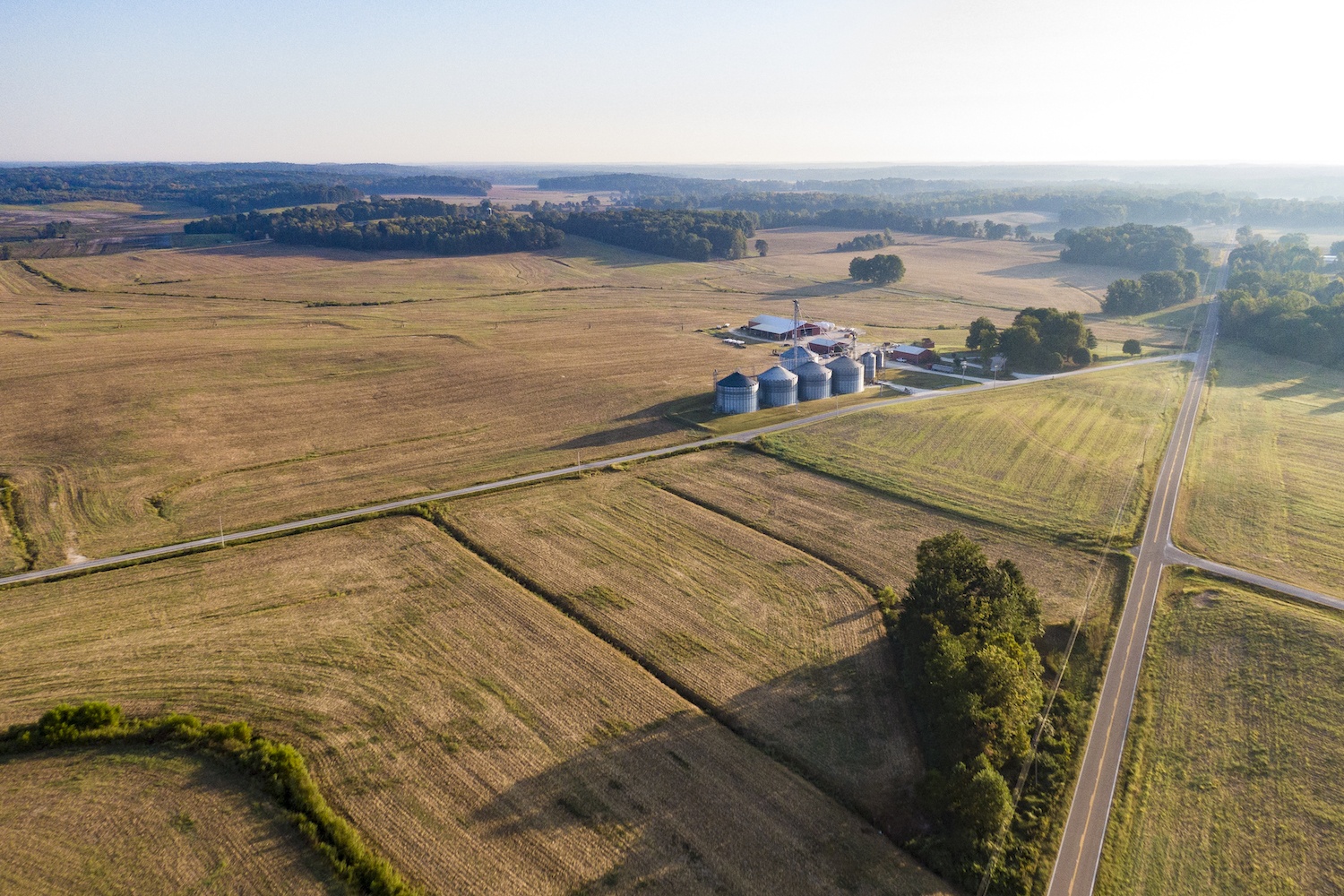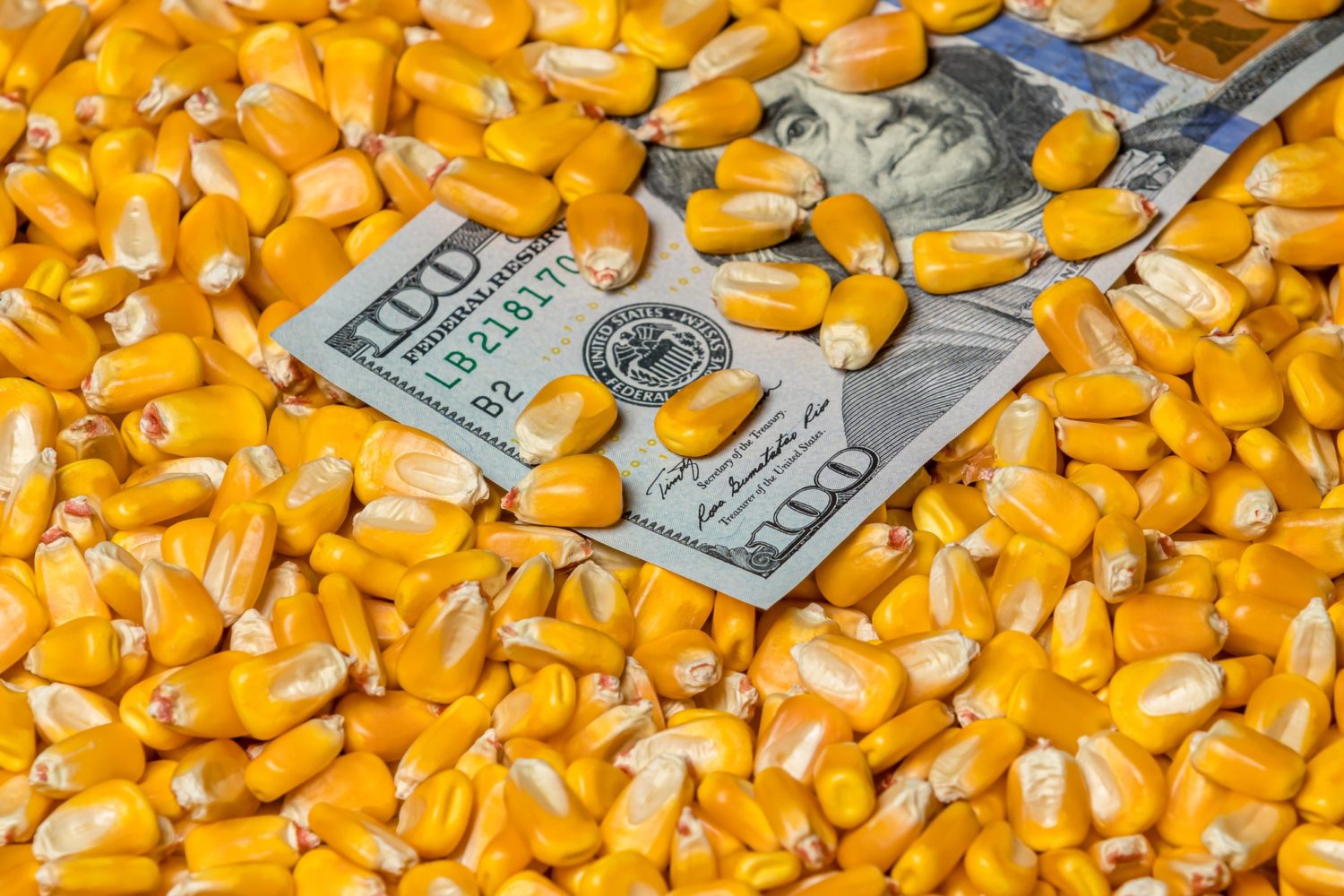
iStock / JJ Gouin
“The fall is going to be an apocalypse for small farms.”
When the coronavirus pandemic shuttered schools, restaurants, and many distributors in March, the disruption dealt a huge blow to farmers, who lost contracts overnight and were forced to let produce rot in the field. As part of its first round of Covid-19 relief funding, Congress allocated funding for agriculture through the Coronavirus Food Assistance Program (CFAP), which is set to pay out $16 billion in direct payments to growers on top of standard farm subsidies. The money was earmarked for farmers and livestock producers who had suffered income losses due to Covid-19, but beyond that, Congress left much of the program design up to the Department of Agriculture (USDA). By this week, the agency had distributed $6.5 billion across the ag industry, and the largest proportion of the money had gone to cattle, milk, corn, and hog producers. Democrats and Republicans both appear prepared to allocate billions more dollars for direct payments to farmers in a new coronavirus relief package.
Unlike the Payroll Protection Program (PPP) and other relief measures, the Coronavirus Food Assistance Program (CFAP) money is disbursed with few strings attached. “Congress did not put a lot of guardrails on that money. They said you have to pay these people. And here’s a big pile of money to go do it,” says Eric Deeble, policy director for the National Sustainable Agriculture Coalition. Income limits for individuals are capped at $900,000, but the cap disappears if most of that income comes from farming. The payments themselves are capped at $250,000 per individual, or $750,000 for farms owned by corporations.
An analysis by The Counter of payments made from late May to late June by the USDA’s Farm Service Agency—the office that administers the direct payment program—found that at least five farms collected single payments of significantly more than $750,000. The highest payment—for $1.4 million—went to Titan Swine, which also received two additional CFAP checks totaling an additional $1.1 million on the same day.
While a handful of farmers received hundreds of thousands of dollars, more than 300 received less than $10.
The Counter also found 13 instances in which multiple entities registered to the same business address received payments totaling more than $1 million, indicating that farms who share stakeholders or fall under the same umbrella organization may be receiving multiple payments. Many were also receiving loans from the Payroll Protection Program, meaning they were able to take advantage of multiple federal income-support programs. In one example, five dairies registered to the same P.O. box in a rural Georgia town received direct payments totaling $1.57 million from CFAP, as well as three Payroll Protection Program loans. Similarly, four dairies registered to the business address of Hollandia Farms in Hanford, California, received a total of $1.57 million over a nine-day period. The Hanford address was also linked to six PPP loans, totaling between $1.5-$4.5 million, all from the same bank and disbursed over a four-day stretch in April.
The disclosure underscores one of the persistent inequities of the Covid-19 business relief programs: There is money available, but it often privileges businesses with savvy accountants before it helps those with fewer resources, like young farmers (and restaurant owners, and Main Street shops, and street vendors). It’s not technically illegal to collect payments higher than the $750,000 maximum—USDA allows farms with multiple owner-operators to collect maximum payments for each partner. But critics say astronomically high payments violate the intent of the program, and that CFAP’s inequalities are further exacerbated by the program’s design, which bases payment levels on production volume instead of annual income and allows farmers earning millions of dollars in personal income to claim maximum payments. While a handful of farmers received hundreds of thousands of dollars, more than 300 received less than $10. Many more have not benefited from the program at all.
[Subscribe to our 2x-weekly newsletter and never miss a story.]
“We do know that most of the money does go to wealthy large farms because that’s how the programs are all designed. They’re all based on acreage or production. So the more that you produce, the larger the farm you are and the more money you’re going to be getting in subsidies,” says Anne Schechinger, senior economic analyst at the Environmental Working Group.
“We do know that most of the money does go to wealthy large farms because that’s how the programs are all designed.”
The Coronavirus Food Assistance Program compensates farmers based on a complex formula that calculates lost income based on calculated futures, price declines, and unsold inventory. That means a tomato farmer would be compensated at a rate of $0.64 per pound for sales losses, or, alternatively, of $0.38 per pound for tomatoes that were picked but spoiled because of supply chain disruptions. Under these rules, an heirloom tomato that would normally fetch $4 per pound at the farmers’ market is worth the same amount as a commodity tomato grown for a can of Campbell’s.
On the other hand, for growers who rely on restaurants, farmers’ markets, and other direct-to-consumer marketing channels like Community Supported Agriculture programs, the gap between the expected market price and the USDA reimbursement rate can seem comically wide. To make matters worse, farmers growing relatively small amounts of several crops using complicated rotation schedules face a far more burdensome application process because they have to tally losses for more complicated farm layouts. “It doesn’t work well for diversified farmers and it doesn’t work well for small- and mid-sized farms,” Deeble says. “It does not live up to its congressional intent.”
Even some farmers who received hefty payments through CFAP say they’re barely making ends meet. Dale Springer, owner of Twin Valley Enterprises and SKC Valley Farms in Independence, Kansas, was one of the producers whose business address registered more than $1 million in payments. He says the largest of those payments—to Springer Family Foods, for about $265,000—was for a hog operation he shares with his brother, nephew, and daughter. (Springer added that his daughter and nephew filled out the paperwork for all the family’s CFAP payments, hence the matching address.)
“Why would somebody who makes almost a million dollars a year need government subsidies?”
The Springers’ hog business, which typically moves nine or 10 semi-trailer loads containing up to 170 pigs each week, went from breaking even to losing $35 per head before they received their payment, he said. “I hate to say this, but if the family farm like we’ve got does not get another round of payments, I’m afraid we’re going to have to close our swine unit, and there’s 30-some people employed that won’t have a job,” he said. (Springer Family Farms also received a Payroll Protection Program loan worth $150,000 to $350,000, according to government records, to offset payroll costs.) “I’ve been in the swine business on my own since 1980, and I have never seen it so bad. I have never seen the losses that we’re seeing now. Never. I’m not crying wolf, I’ve been doing this a long time, and it’s not working.”
In fact, an alternative payment calculation option based on past income would go a long way to make the program more accessible for small- and mid-sized farmers who usually depend on farmers’ markets and local restaurants to sell their product. “There is a general understanding that one of the most effective, simplest ways to get those folks paid is based on revenue. What did you make last year? We’re going to pay you a certain percentage of that revenue shortfall for this year, right? That’s pretty simple,” says Deeble.
USDA could make this change immediately, without congressional approval, says Deeble. It hasn’t yet done so. “USDA has not shown any interest in pushing back against anything other than a price-based program,” he adds.
As Congress debates the next round of Covid-19 relief, both parties have tentatively agreed to furnish billions of dollars of funding for another round of direct payments to farmers.
Before 2018, Congress authorized most farm subsidy programs through the Farm Bill, which is passed once every five years. But the Trump administration has dramatically expanded the scope of farm subsidies by offering billions of dollars in direct payments to farmers, meant to blunt the impact of ongoing trade disruptions with China, using a little-known piece of legislation that gives it the power to do so. “The bad thing about [the trade mitigation program] is that it set an awful precedent, in the sense that these payments are so much larger than the farm bill payments to begin with,” says Joseph Glauber, researcher for the International Food Policy Research Institute and USDA Chief Economist from 2008 to 2014. “I think Congress has sort of abdicated its responsibilities,” he adds.
As Congress debates the next round of Covid-19 relief, both parties have tentatively agreed to furnish billions of dollars of funding for another round of direct payments to farmers. But Deeble says he hopes legislators exact more control over the way the payments are distributed. He wants the bill to include stricter requirements for equitable distribution among all types of farmers, not just large-scale row-crop and livestock producers. “The Senate has a very, very narrow window to get this right,” he says. “USDA won’t do it on its own. The ball is in the Senate’s court.”
Barring the introduction of an alternate payment system, advocates say there are a few simple changes that would funnel more payments to smaller and lower-income growers. A stricter income cap, for instance, would guarantee that fewer high-income farmers received direct payments, reserving more money for smaller-scale growers. “Why would somebody who makes almost a million dollars a year need government subsidies? Like, realistically, that’s not something that taxpayer money should be going towards,” says Schechinger.
Allowing farms to make calculations based on gross annual income would make many more eligible for forgivable loans.
Means-testing producers might even work better than imposing the $250,000 payment limits, Glauber adds. “It addresses the same issue that people are upset with, with payment limits. That is, people who are making a lot—who have a lot of money—are getting big, big payments. We talk about these programs all the time as being safety nets, but in fact, they go to people who oftentimes aren’t nearly as vulnerable to others.”
It might also make sense to earmark some of the money for small-scale and minority farmers. This isn’t unprecedented—the Payroll Protection Program set aside $30 billion for smaller lenders (like local credit unions), with the aim of helping minority business owners. The USDA could reserve a portion of direct payment funds for underserved farmers, then spend a little money on outreach to growers who might not have heard about the relief program, Deeble says.
Additionally, many were excluded from the first round of PPP loans because farms often report negative net incomes. Allowing farms to make calculations based on gross annual income would make many more eligible for forgivable loans. Congress is currently looking at ways to make relief programs like the Payroll Protection Program more accessible to small-scale farmers.
If Congress passes the next round of coronavirus relief without requiring USDA to re-examine its payment model, Deeble predicts a disastrous fall for farmers who haven’t been able to take advantage of the program. “If they do not act within the next week to provide some form of direct payments to farmers that have not been well-served by CFAP, the fall is going to be an apocalypse for small farms,” he says.

